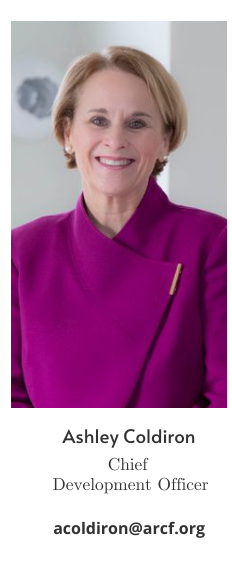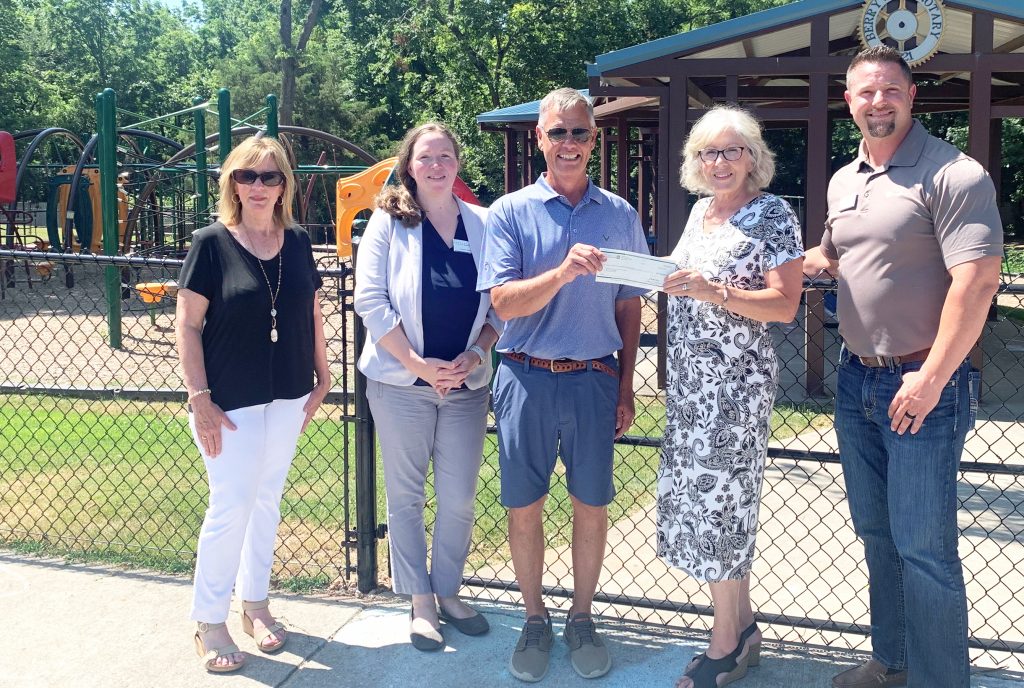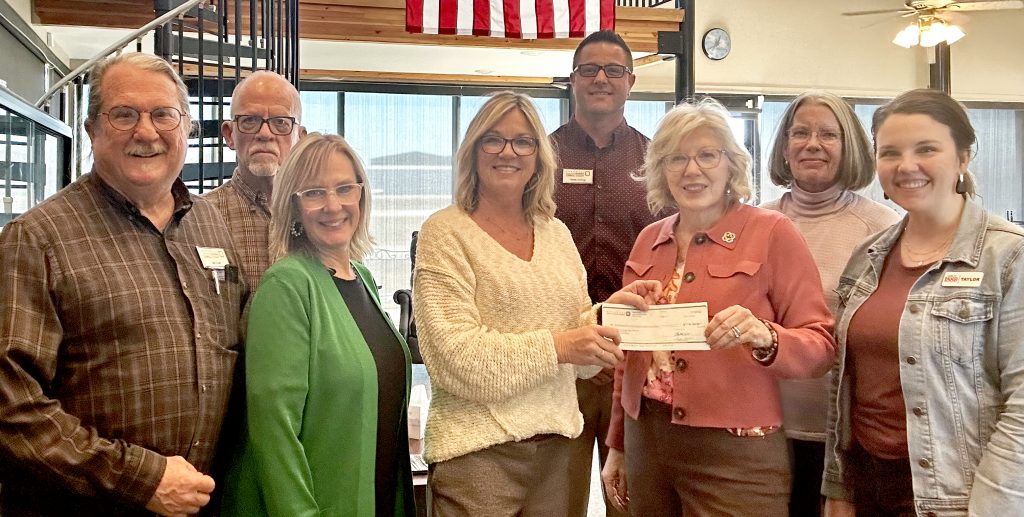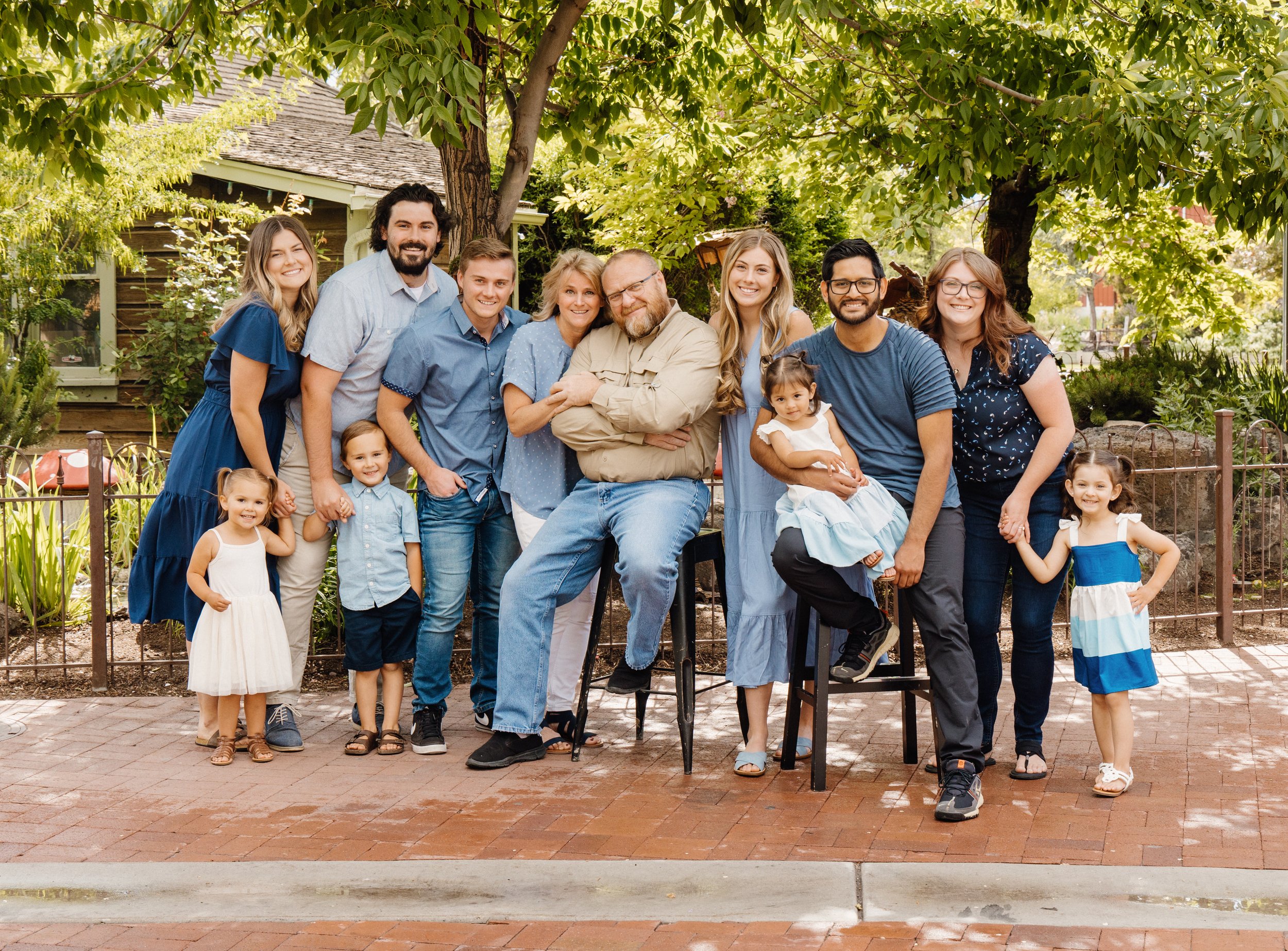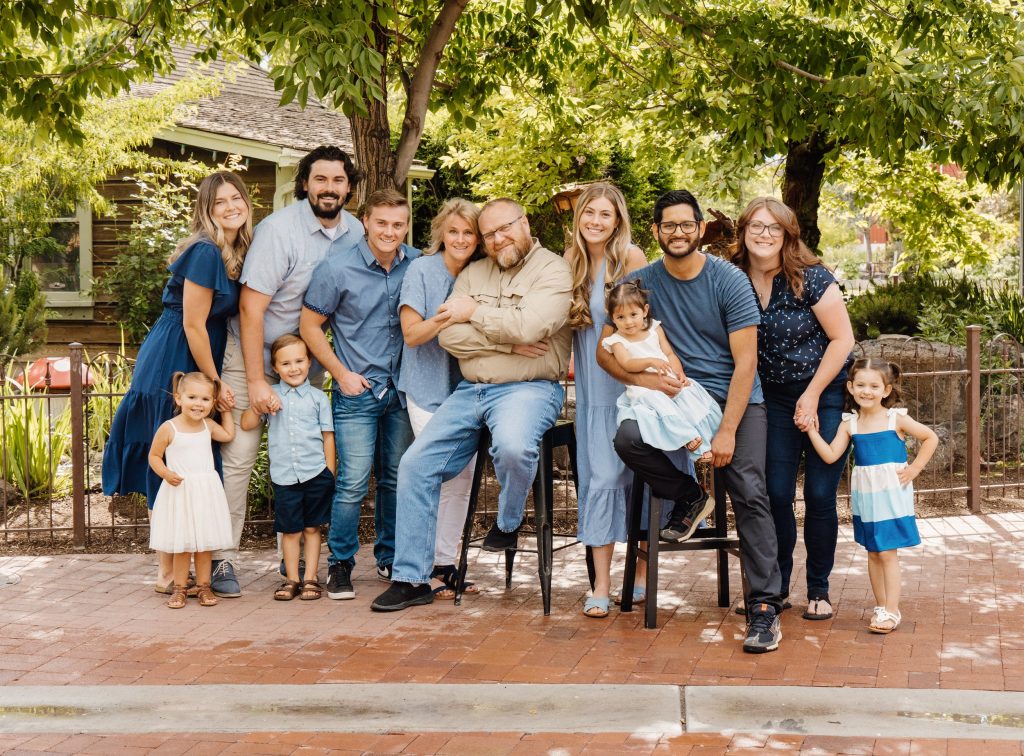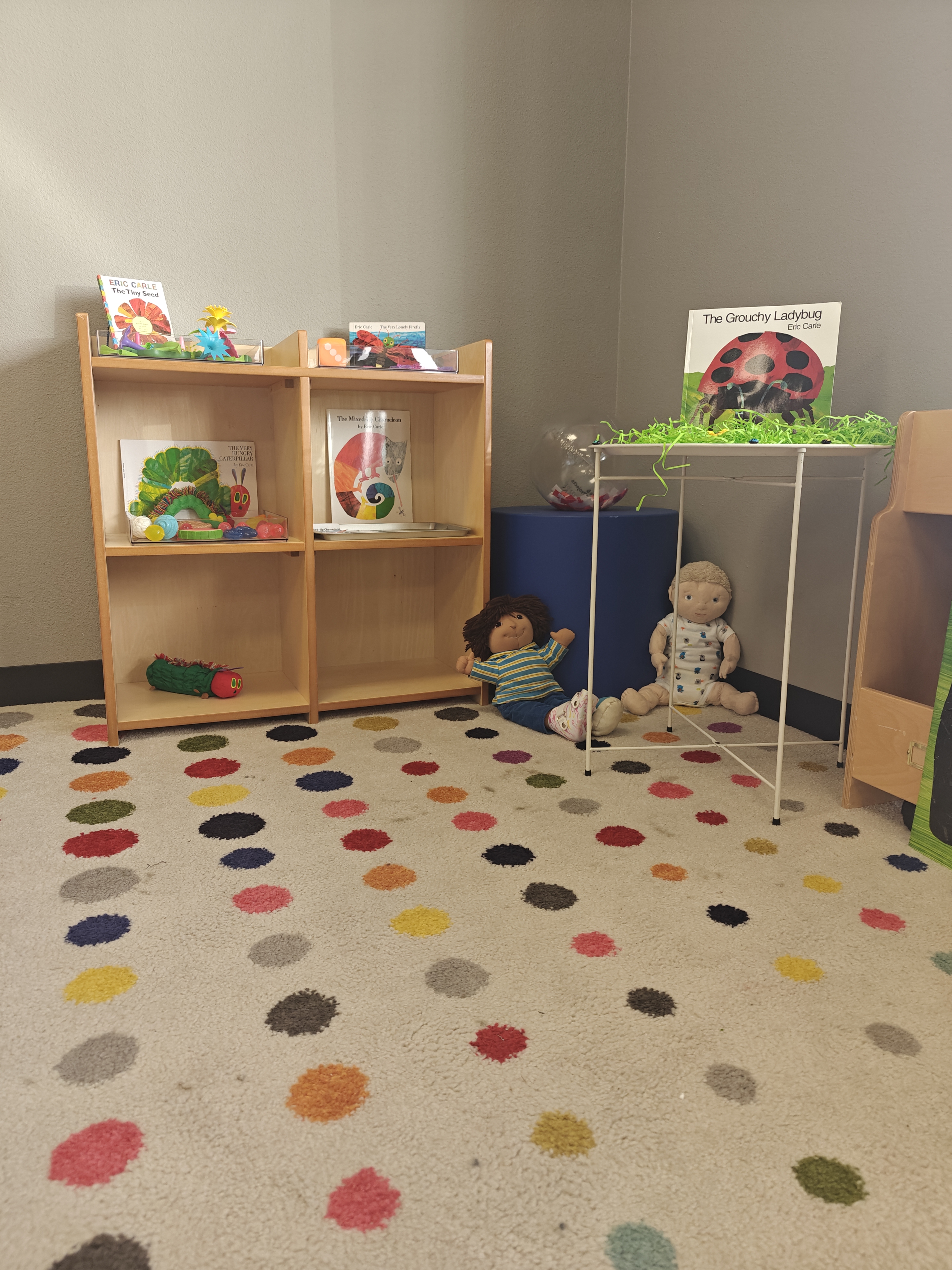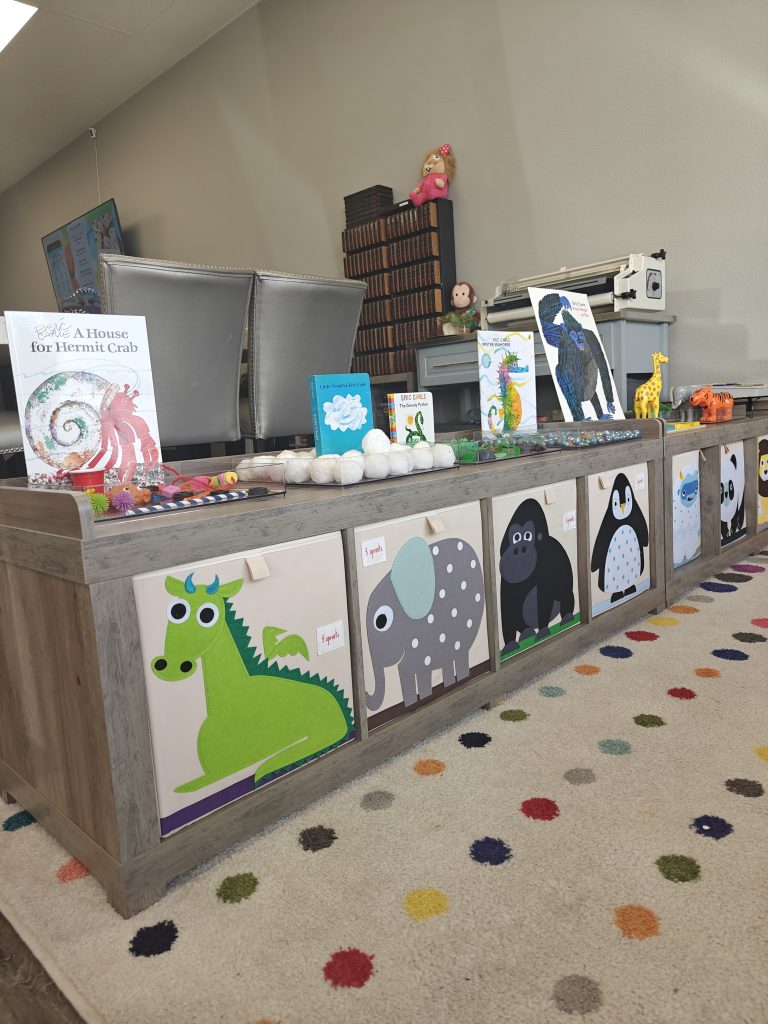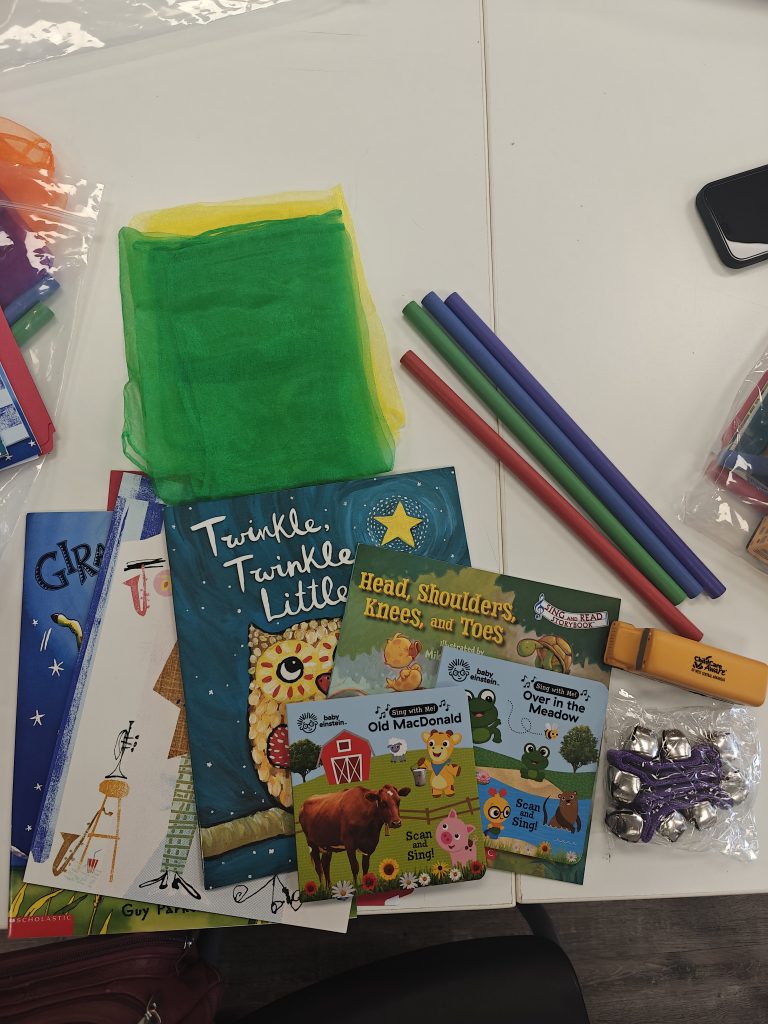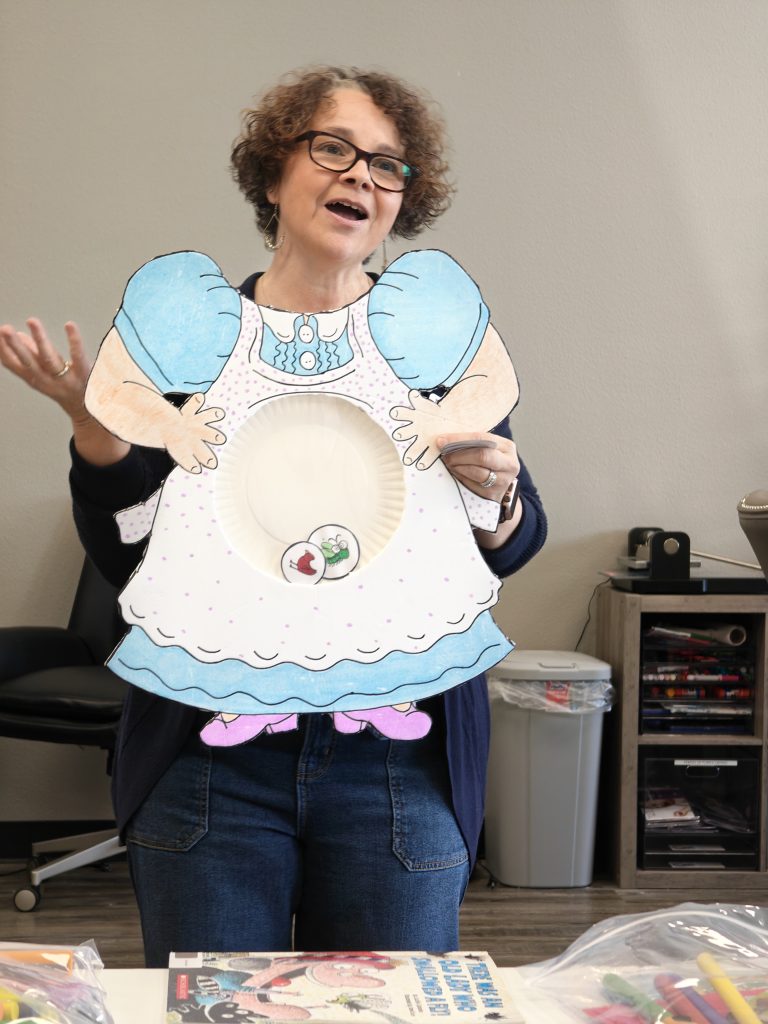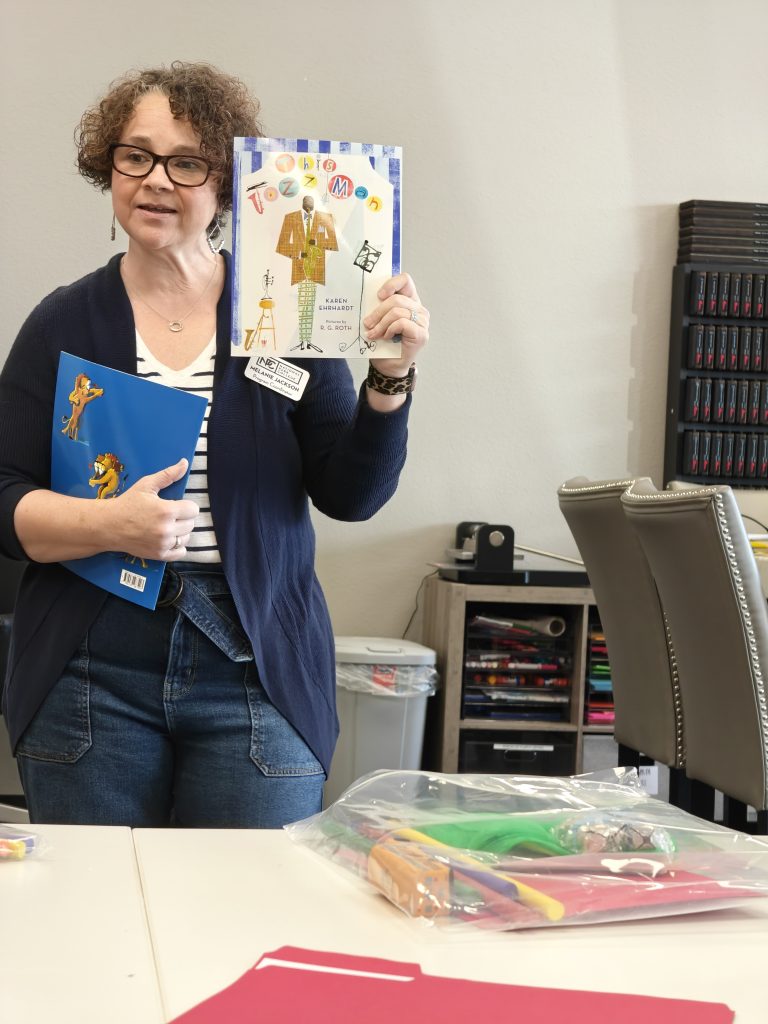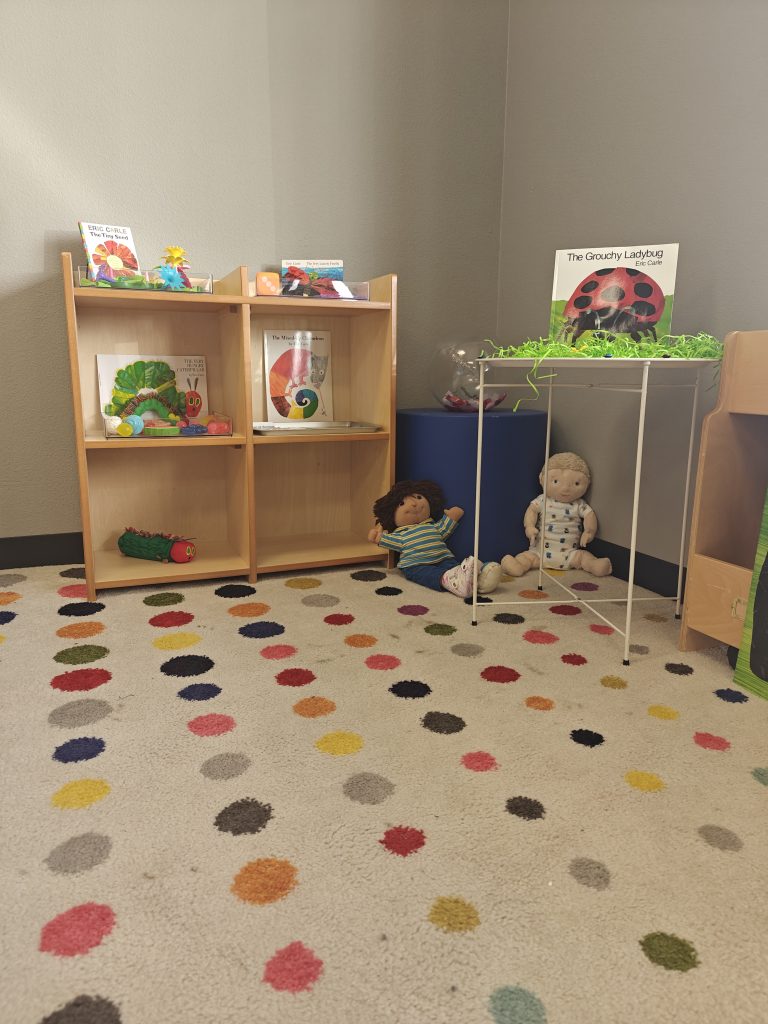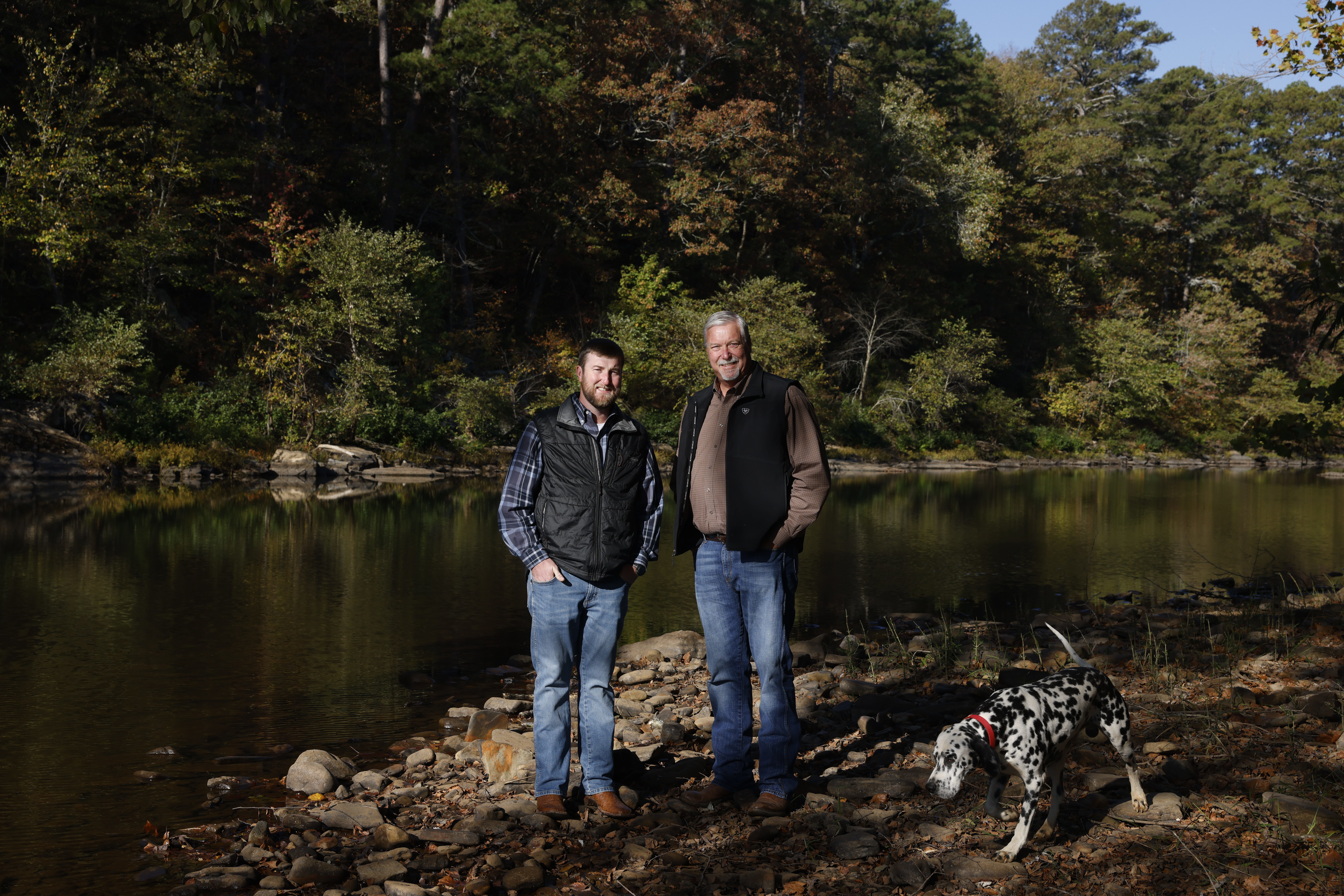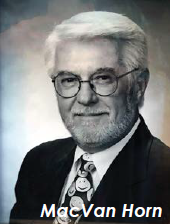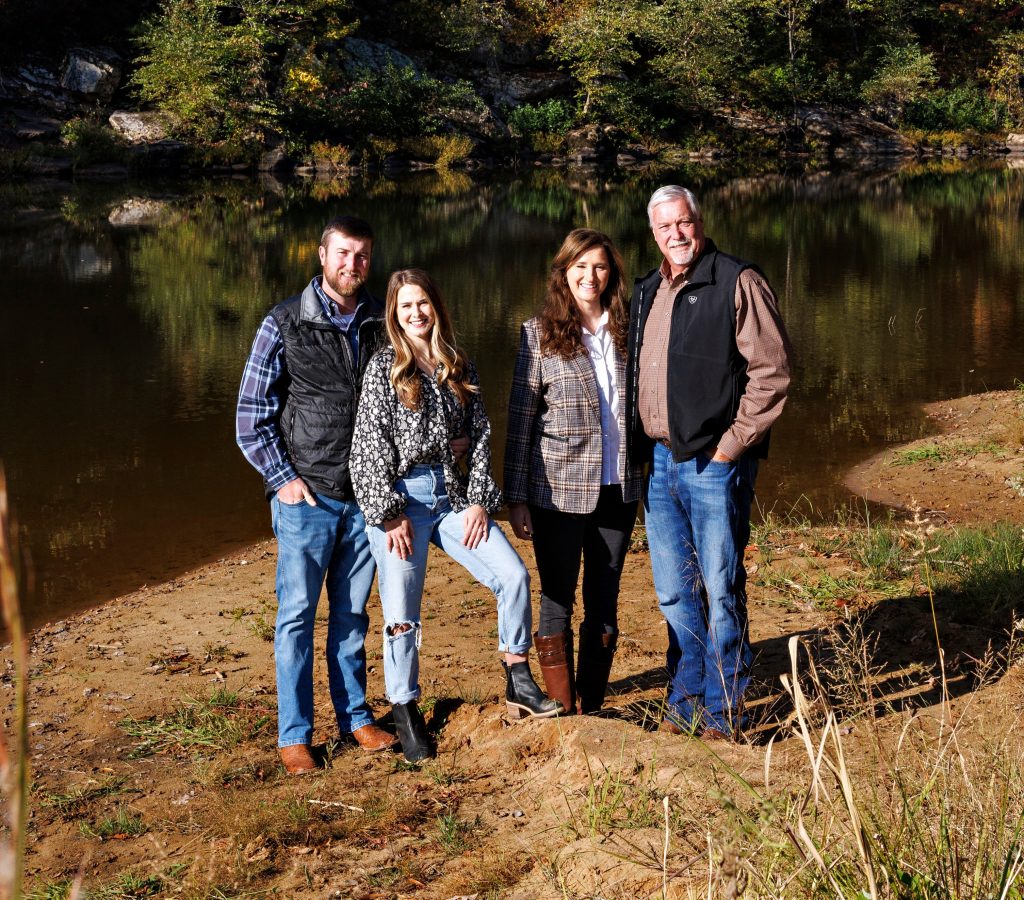By Ashley Coldiron, Chief Development Officer
Planning for the future is important, and that includes making a will, setting up a trust, and creating financial plans for retirement. But have you considered including charitable giving in your estate plan? The Community Foundation is here to help you align your giving with your values while maximizing financial benefits.
Formalizing your charitable intentions can bring purpose and extend your impact beyond your lifetime. Thoughtful giving strategies can also offer tax benefits, such as reducing taxable income through charitable deductions or minimizing estate taxes by directing funds to charity. Donating appreciated assets, like publicly traded stock, can help you avoid capital gains taxes while supporting causes you care about.

The Community Foundation team is ready to guide you in creating a philanthropy plan that incorporates both lifetime giving and legacy gifts. Here are three key considerations:
- Give to What You Know: Supporting causes you are personally connected to brings the greatest fulfillment. If you need guidance, our team can provide insights on charities that align with your values.
- Give Where You Live: Local organizations often address the most pressing needs in your community. We can help identify opportunities to make a meaningful difference close to home.
- Give to the Causes You Love: When you donate to organizations that align with your passions, you are more likely to stay engaged and make a lasting impact.
Whether you already have a donor advised fund or are just beginning your charitable giving journey, the Community Foundation is honored to support your philanthropy. We look forward to helping you create a plan that reflects your generosity and vision.
